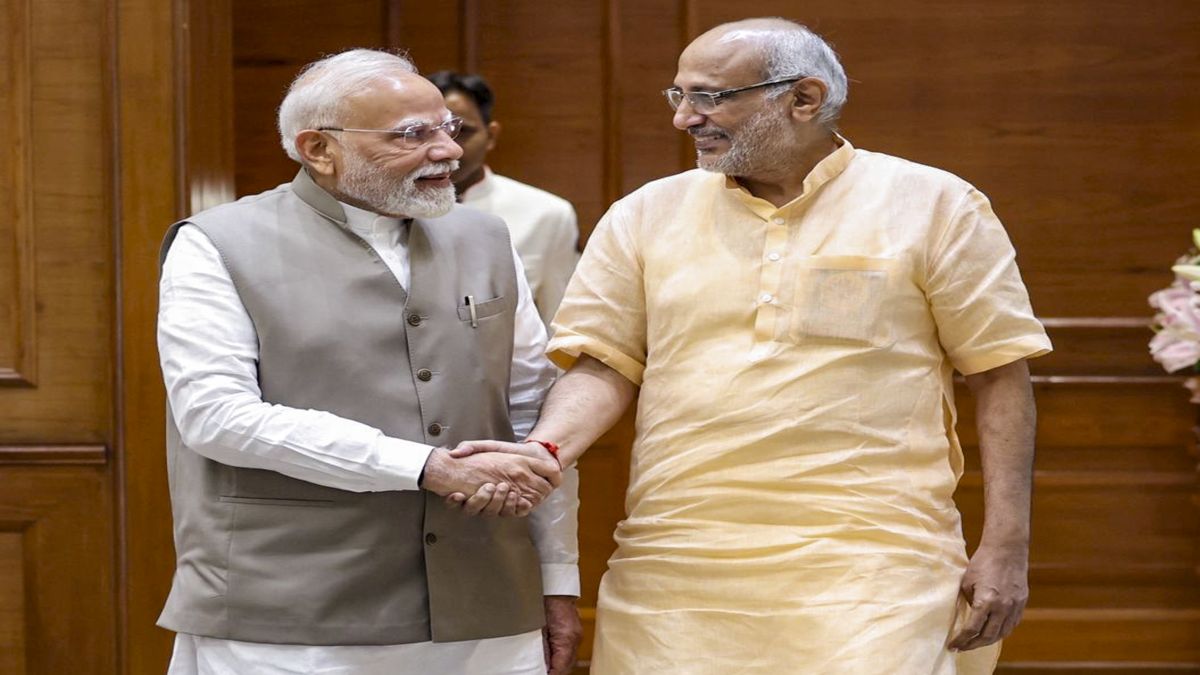It’s been a while since we reviewed an ultrazoom or a superzoom camera. The latest product from this section comes from Fujifilm called the FinePix HS10. One of the key features of this new camera is the built-in 30x optical zoom lens.
Now, Fujifilm isn’t the most popular brand around when it comes to digital cameras. A huge feature set and hopefully performance might do the trick.
Features
The Fujifilm HS10 is powered by a 10.3 MegaPixel sensor, unlike many other cameras that you find today. Most cameras today come with 12MP sensors and higher. We’re not craving for large resolutions from existing sensors either. The HS10 uses a BSI CMOS sensor unlike many point and shoot cameras that use CCD sensors. The BSI CMOS sensor was designed keeping low-light performance in mind. The key feature of the HS10 has to be the large 30x optical zoom lens that spans a range of 24 – 720mm.
The massive 30x optical zoom lens
Fujifilm has provided a 3-inch screen with a hinged design that allows users to take photographs from someone odd angles. The screen isn’t foldable either. There’s a built-in flash like on any other camera but also a mount for attaching external flash units. Being a point and shoot camera, the camera has an electronic viewfinder. The quality of the image on the viewfinder is pretty bad and it’s best to stick to using the large screen at the back.
Foldable screen in view
One of the unique features of the HS10 is the manual zoom ring and even a manual focus ring, something that most point and shoot cameras lack. This is handy and it gives the user better control while operating the camera. The downside of the camera is that the zoom is no longer operated by a motor, which means you have manually use the zoom ring like on a DSLR.
These days, it’s hard to imagine cameras at this price range to be powered by AA batteries. The HS10 uses four AA batteries to operate. We ate through a set of four batteries within an hour or two of shooting with no flash enabled.
Design and Build Quality
Although the HS10 looks like a DSLR, the HS10 is somewhat compact. The folding screen does take up a little more space. The quality of the dials used on the HS10 isn’t too bad but we aren’t too fond of the directional buttons at the back of the camera. The buttons are made of plastic but have a chrome-like finish. It has a somewhat cheap feel to it. Even the plastic used on the rest of the body isn’t too great.
SD memory card slot
There are two dials, one of them for the mode selection dial and the other for changing the values of settings. There a loads of buttons placed all over the camera. The placement of the buttons isn’t ideal. For example, the Playback button is placed at the right bottom corner at the back of the camera which is unconventional and it takes a while getting used to. There are plenty of buttons on the other side of the LCD screen as well. For example, the ISO, autoexposure, autofocus and white balance buttons can be operated easily but holding the respective button and then using the directional buttons. This is something like the cameras on a DSLR camera and is handy.
Built-in flash unit on the HS10
Most camera manufacturers update their user interface by adding more features and making it more user-friendly and intuitive. The Fujifilm user interface still looks outdated and it looks like the very same one you find on their cameras from a year or more ago
__PAGEBREAK__
Performance
The zoom lens on the HS10 is one its key features. One of the things we noticed was that the image stabilization on the camera didn’t work as well as we’d like. A camera with this size of zoom lens makes it more difficult to keep stable. In fact, with a zoom lens like this, we’d recommend users to use a tripod. Things can get pretty shaky without one.
Shot at ISO 800
Focusing with no zoom enabled is quick and so is the frame rate of the video stream shown on the screen. When you zoom or when you increase the ISO levels on the camera, things go for a toss. The frame rate on the screen also drops. The focus and zoom ring make focusing a lot easier and it’s much better than using buttons like on most of the point and shoot cameras.
Another long distance photograph
The zoom lens at its extreme end works pretty well and there isn’t too much of noise or distortion and is very effective. There’s not a big improvement in the low-light performance. We noticed that the camera would set a slow shutter speed which would make the images brighter but there would also be some blur. Sensor noise is clearly visible at ISO 800 and above. Colours appear a little faded out in the Auto mode. Overall, the image quality can summed up as just average.
Verdict
The Fujifilm is a pretty thorough point and shoot and it has all the features that you expect from a prosumer camera. The folding screen, the manual focus and zoom controls are also great features to have on any camera. In that aspect, Fujifilm definitely has a good product on its hands. The fact that the image quality isn’t too impressive and that its user interface is dated is a disappointment. Priced at a MRP price of Rs. 27,999, it’s a lot of money for what is basically a point and shoot camera with a large optical zoom lens. At that price, there are clearly better options to consider. If you’re simply looking for the largest zoom lens on any camera and don’t care about the rest, this is probably for you.


)
)
)
)
)
)
)
)
)



